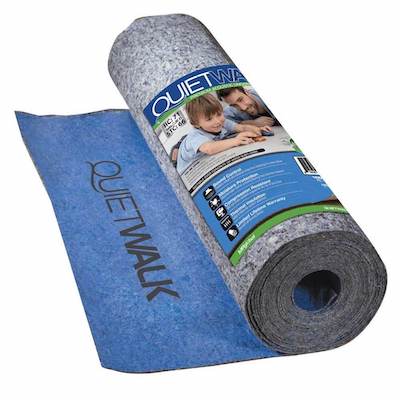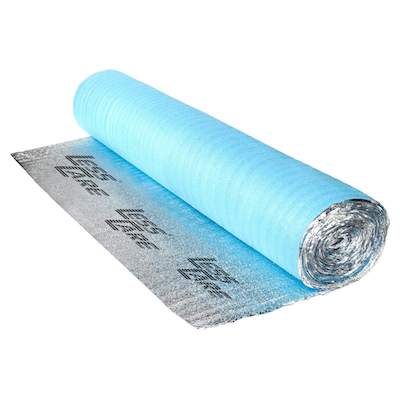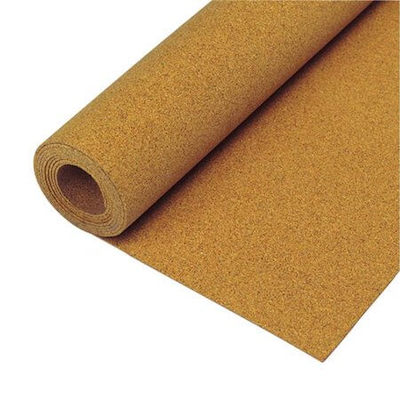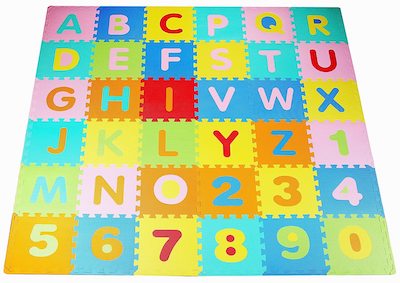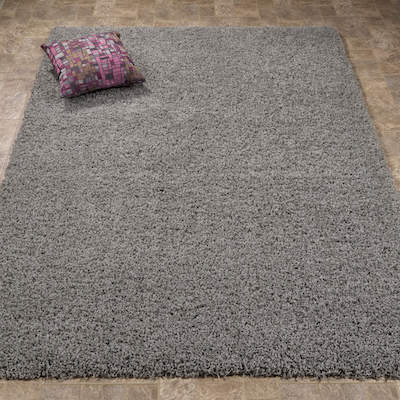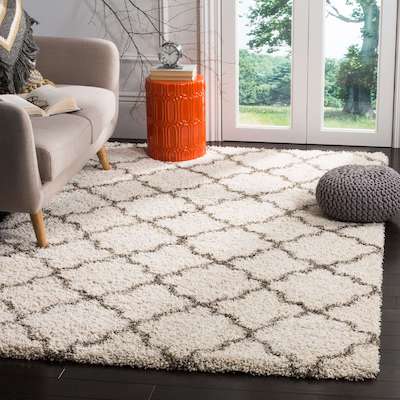How to soundproof wooden floors using 3 simple methods
Do you enjoy your hardwood floors, but wished they were quieter?
One of the things I love about my house is the hardwood floors. They brighten the rooms and are easier to clean than carpets. There is just something classical about the feel.

However, the thing I do miss about carpets is the quiet.
If you drop your keys on a rug it barely makes a sound, but if you drop them on a hardwood floor, it makes a terrible, loud noise that everyone in the house can hear.
If you have hardwood floors upstairs, the impact noise of people walking around and dropping things is worse than a carpet. I did not want to get rid of my hardwood floors, so I was wondering if I was stuck with the noise.
However, I did some research and it turns out there are ways to help quiet a hardwood floor.
Below I will go over the strategies to help you make your hardwood floors quieter. There are a few strategies that will make a big difference and they vary in complexity:
- Installing an underlayment
- Carpets and Rugs
- Foam Padding
I am an Amazon Affiliate, which means I may make a commission if you purchase something through the links here. There is NO extra cost to you at all, and THANK YOU so much for the support.
Recommended: How to soundproof air vents: 3 Easy methods that work
Contents: Skip to section
Who is this for and how will it help?
Do you love your hardwood floor but hate its noise?
Below I am going to help you. I will provide strategies from household items you can use to light construction projects to alter the noise-level associated with hardwood floors.
Do you need to be handy for this? For some of the strategies you do not.
If you are about to put down a hardwood floor and are comfortable doing that, adding an underlayment is not much more challenging.
If you have a hardwood floor already in place and wish to add an underlayment—you should know what you are doing when you go to pull up the floor.
I will cover that process below and then you can decide for yourself.
Recommended: Second Skin vs Dynamat: Which is better?
Types of Noises
There are two types of sounds that pass through your house.
Airborne is the type of noise that passes through the air: music, television, conversation, anything of that sort. This is also known as reflective sound.
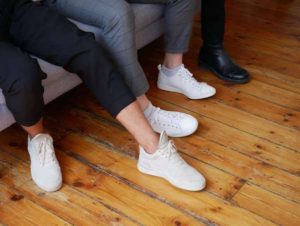
Any sound in your room will get partially reflected by hardwood floors (as opposed to absorbed as by a dense carpet).
Hardwood floors do not absorb this noise at all, in fact they reflect much of it, adding to the noise with a bit of an echo.
Structural or impact noise is the type of noise that results from people walking around or bumping into things.
This travels through the frame of the house and there’s less you can do it about—but you can make it quieter.
Recommended: Noico vs Dynamat: The Faceoff
Methods and materials
Underlayment method
Unlike the other strategies discussed here, this will not interfere with the look and feel of the hardwood floor, but will still help with dampening noise on your floor.
It will not address ambient noise in the room or cut back on the echo (but we will discuss that below). And just like the other strategies listed here, it will make any impact noise (dropping things or walking on the floor) much quieter.
However, it takes more work than the other options.
Step 1: Remove your hardwood floor. (To do this without damaging the floor you may want a professional, or do some research first.)
Step 2: Measure the entire floor in the room.
Step 3: Cut the underlayment to cover the entire floor.
Step 4: Lay out the underlayment as flat as possible and then ensure it stays in place by nailing or screwing it to the underflooring below. Depending on the underlayment that you use, you might be able to use glue as well, and there are brands which offer additional soundproofing.
Step 5: Replace the hardwood floor.
MP Global Underlayment
It comes in a large roll of 100 square feet and is 3mm thick. This will help absorb and impact noise on the flooring and also acts as a moisture/vapor barrier.
LessCare Underlayment
This is another option for underlayment. It is compression resistant and provides moisture protection and reliable sound reduction. For this underlayment, glue is an option. You can also adhere this to your floors with common nails or screws. If you use glue, see the product below for extra sound protection.
Roberts Underlayment
I like that this product is made partly of recycled products. The felt cushion is naturally insulating and absorbs reflective noise as well as impact noise.
QEP Cork Underlayment
Did you know that cork is an excellent low cost soundproof material? This product reduces sound transmission both on the surface level and through transmission down to the floor below. This is one of the products that can use glue. My preferred choice.
Green Glue
Green Glue is the industry standard for any project that requires a sound-proof adhesive. While it is called green glue, this product is actually white. It is sold in a caulking tube and therefore requires a caulk gun.
Newborn Caulking Gun
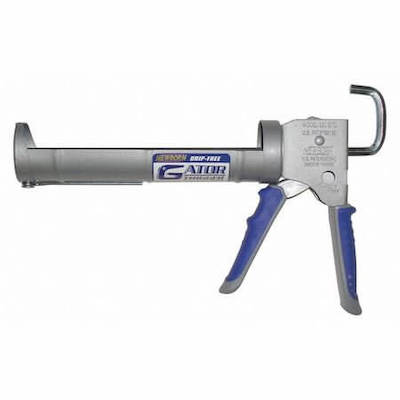
Newborn is less of a household name than Craftsman or Black and Decker, but this company specializes in caulking guns. It works for standard size caulk tubes. Its handle and trigger are padded for additional comfort and the rod retracts after each squeeze to prevent dripping.
Recommended: Top 5 Best Quiet Hair Clippers for Toddlers
Interlocking mats method
You have probably seen the colorful versions of the floormats at daycare or in kids’ bedrooms.
They will absorb some of the ambient noise in the room, making it sound quieter even with children playing, or a TV or conference call going.
These come in small panels that interlock, which means you can cover a small area or the entire room if you choose.
Luckily, they come in many styles.
Forest Floor Foam Mats
These are soundproof mats for adults! They come in four colors (light to dark) and are designed to look like actual hardwood floors.
This is a benefit because one of the few downsides to soundproofing a room is that you lose some or all of the look of a hardwood floor.
These are designed to be anti-fatigue and can be used anywhere in the house including a bedroom, and office, or even a home gym.
BalanceFrom Kid’s Puzzle Play Mats
These are the colorful mats you likely think of when you hear interlocking foam mats and this model is specifically designed for kids’ playrooms.
They are safe and non-toxic. These are made with high-density EVA foam, meaning they will absorb ambient noise, but also make structural noise (walking, dropping things) much quieter.
Recommended: How to soundproof a garage door from the inside? 3 easy ways to get started
Carpet or Rugs method
If you do not want to go the foam mat route, consider getting a carpet or large rug for your hardwood floor. Remember you do not need to cover the entire room unless you want to.
You can place the carpet in high-traffic areas or in the room’s center to keep most of the flooring visible otherwise. Obviously, there is an endless variety of rugs to choose from.
Below are couple of the most popular.
Sweet Home Stores Cozy Shag Rug
This is a rug you can easily toss into any room and it will do its job effectively.
This rug is stain and wear resistant, making it long lasting and low maintenance.
It comes in over ten different colors and fifteen size configuration’s
Safaveigh Hudson Shag Rug
If you want something with a little more design flair, this might be a better fit.
It is extra thick at two inches and is covered in a simple geometric pattern. This product is highly reviewed, which is very rare to see.
It comes in several color options and many different size configurations to suit most households.
My personal favourite!
Craft Rugs Rug Pad
This is a thin pad designed to go under your carpet.
Your carpet or rug can potentially slip around on the hardwood floor, making for annoyance or even potential safety hazard.
This will hold it in place. It also has the added benefit of adding an additional layer of soundproofing to your rug.
Recommended: How to soundproof a door with household items
Frequently Asked Questions (FAQ)
What is the best material for underlayment under a hardwood floor?
There are a variety of materials that can be used as underlayment. The most popular include felt cushion rolls, cork rolling, and thin rolls of foam. The foam is the least expensive. However, the cork and felt cushions tend to be thicker and sturdier. They help cut back on reflective noise as well as preventing sound transmission to the floor below. They can also be used with Green Glue, which provides and additional sound dampening layer.
Do I have to do any construction to make my floors quieter?
No. There are several options to dampening the sound associated with hardwood floors. These options include installing thick rugs or carpets, placing mats under appliances and other materials to absorb sound.
Is it possible to make hardwood floors quieter?
It actually is possible, yes. As discussed above, underlayment, carpeting, foam mats, and other options can help you reduce the noise associated with hardwood floors.
Recommended: How to stop wind from blowing down chimney: 3 simple steps you can follow right now
How to soundproof wooden floors: Conclusion
Finding a way to quiet hardwood floors need not be complicated, as there are a number of strategies to choose from here.
The best in terms of reflective sound and sound transmittal to rooms below is the underlayment, but that also takes the most work and can be pricey depending on how much materials and labor you need.
Carpets, rugs, and foam pads make for quick and easy sound-reducing strategies. All of the products discussed above are available online where you can read more about these products and easily have them delivered to your doorsteps.
Additional Resources:
- How to make air conditioner quieter? 6 simple tips that work!
- How to soundproof an apartment door: Painless DIY Solutions
- How to soundproof a garage? 6 easy steps to get started
- How to soundproof a dog crate: Easy steps you can follow
- 6 Best Quiet Coffee Grinders (Updated 2020)
- Complete buying guides
- Latest articles on SoundProofingHacks

